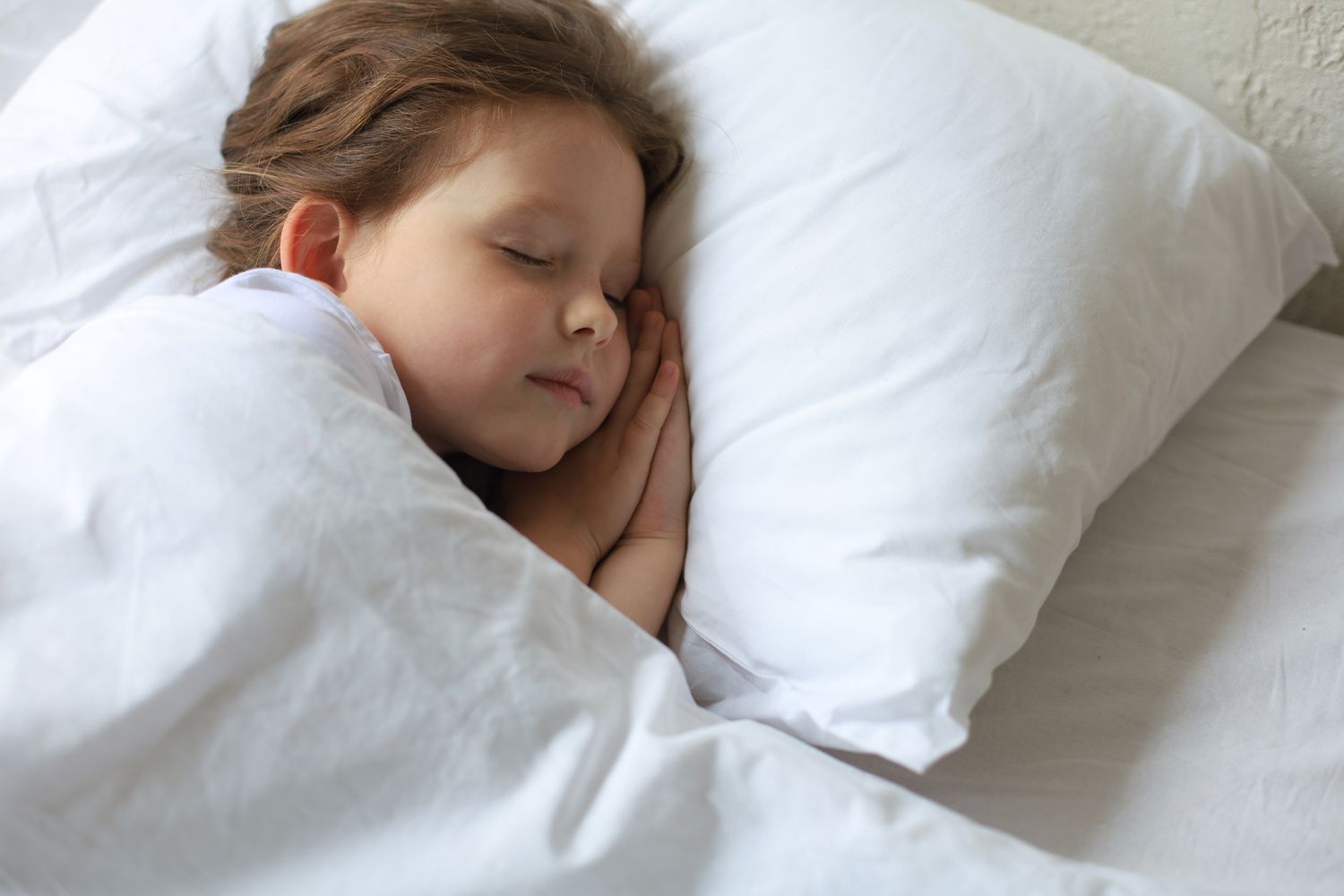

Articles
When Do Toddlers Use Pillows
Modified: October 18, 2024
Discover when toddlers start using pillows and learn useful tips on introducing pillows to ensure their safety and comfort in this informative article.
(Many of the links in this article redirect to a specific reviewed product. Your purchase of these products through affiliate links helps to generate commission for Storables.com, at no extra cost. Learn more)
Introduction:
When it comes to the development of our little ones, every milestone is important. From their first steps to their first words, parents eagerly await each achievement with excitement. One milestone that often goes unnoticed, but is equally important, is when toddlers start using pillows.
Pillows are commonly used by adults and older children for comfort and support while sleeping. However, the question arises: when do toddlers reach a stage where they can benefit from the use of a pillow? In this article, we will explore the purpose of pillows for toddlers, discuss developmental milestones, and provide guidance on when and how to introduce pillows into your child’s sleep routine.
Key Takeaways:
- Introducing a pillow to your toddler’s sleep routine can promote comfort, support, and better sleep quality. However, it’s crucial to consider their age, development, and individual needs before making the transition.
- Prioritizing safety, observing your toddler’s comfort level, and choosing the right pillow designed for toddlers are essential steps in creating a nurturing sleep environment. Remember, every child is unique, so patience and personalized care are key.
The Purpose of Pillows for Toddlers:
Pillows serve a few important purposes for toddlers. Firstly, they offer support and promote proper alignment of the head, neck, and spine while sleeping. This is especially important as toddlers are still developing their musculoskeletal system. A well-designed pillow can help maintain a natural sleeping posture and reduce the risk of discomfort or strain.
Secondly, pillows can provide a sense of comfort and security for toddlers. Many children find solace in cuddling or hugging a pillow while falling asleep. The softness and familiarity of a pillow can create a soothing environment, making it easier for toddlers to settle down and sleep through the night.
Furthermore, pillows can assist in regulating body temperature during sleep. Toddlers can be sensitive to fluctuations in temperature, and the fabric and filling of a pillow can help provide insulation or breathability, depending on the materials used. This can contribute to a more comfortable sleep environment and promote better sleep quality.
Additionally, pillows can aid in the transition from crib to bed. As toddlers move from the confined space of a crib to a larger bed, a pillow can help them adjust to the newfound freedom and provide a familiar element of their sleep routine. It can serve as a comforting reminder of their safe sleeping space, making the transition less overwhelming.
Overall, the purpose of pillows for toddlers is to promote better sleep quality, provide comfort, and support proper alignment. It is important to choose a pillow that is specifically designed for toddlers to ensure optimal functionality and safety.
Developmental Milestones and Pillow Use:
The appropriate age for introducing a pillow to a toddler’s sleep routine depends on their developmental milestones. It is essential to consider their physical abilities, neck strength, and sleeping habits before making the transition.
Between the ages of 1 and 2, toddlers typically achieve important developmental milestones related to neck control and head stability. They begin to have better control over their neck muscles, allowing them to hold their head up for longer periods. This increased neck strength is an important factor in determining if they are ready for a pillow.
Another milestone to consider is when your toddler starts transitioning from sleeping on their back to sleeping on their side or stomach. This change in sleeping position can be an indicator that they might benefit from the added support and comfort of a pillow. However, it’s crucial to note that sleeping on their back is still the safest position for infants under 1 year old, even without a pillow.
Additionally, observe your child’s sleep patterns and habits. Do they toss and turn frequently during sleep? Do they reposition themselves multiple times throughout the night? If they are restless and constantly adjusting their sleeping position, a pillow might offer them the stability and comfort they need to maintain a more settled night’s sleep.
It is important to consider these developmental milestones, along with your child’s individual needs, before introducing a pillow. Always consult with your pediatrician if you have any concerns or questions about your toddler’s readiness for a pillow.
When Can Toddlers Start Using Pillows?
Determining the appropriate age for toddlers to start using pillows can be a common concern for parents. While every child develops at their own pace, there are some general guidelines to consider.
Most experts agree that it is safe to introduce a pillow to a toddler’s sleep routine around the age of 2 years old. By this age, toddlers typically have better neck control and muscle strength, which allows them to adjust and position themselves comfortably on a pillow during sleep.
However, it’s important to remember that age alone shouldn’t be the sole factor in deciding when to introduce a pillow. Every child is unique, and their readiness for a pillow may vary. Some toddlers may show signs of readiness earlier, while others may not be ready until they are closer to 3 years old.
Observing your child’s development, assessing their comfort level, and ensuring that they have achieved the necessary milestones are crucial factors to consider before introducing a pillow. It’s important to prioritize the safety and well-being of your child, so if you have any doubts or concerns, it’s always best to consult with your pediatrician.
Remember, there is no rush to introduce a pillow. It’s better to wait until your child is physically and developmentally ready rather than risk discomfort or potential safety issues.
Factors to Consider Before Introducing a Pillow
Before introducing a pillow to your toddler’s sleep routine, there are several important factors to consider. Taking these factors into account will help ensure a safe and comfortable sleep environment for your little one.
- Age and Development: As mentioned earlier, age and developmental milestones play a crucial role in determining if your toddler is ready for a pillow. Consider their neck control, muscle strength, and sleeping habits before making the transition.
- Comfort and Preference: Pay attention to how your toddler sleeps and if they show signs of discomfort or restlessness during sleep. If they seem to be more comfortable and settled with a pillow, it may be an indication that they are ready for one.
- Pillow Size and Firmness: Choose a pillow specifically designed for toddlers. These pillows are usually smaller in size and have a softer, more supportive filling suitable for their developing neck and spine. Avoid using adult-size pillows, as they can pose a suffocation risk.
- Allergies and Sensitivities: Consider any allergies or sensitivities your child may have when selecting a pillow. Look for hypoallergenic materials and ensure that the pillow is easy to clean and maintain to minimize the risk of allergens causing discomfort or breathing issues.
- Safety Considerations: Ensure that the pillow you choose meets safety standards and regulations. Avoid pillows with loose fillings or small parts that could pose a choking hazard. Keep in mind that pillows are meant for sleeping and should not be used as playthings.
- Transitioning from Crib to Bed: Introducing a pillow can be part of the transition from a crib to a toddler bed. It can provide a sense of familiarity and comfort during this significant change in sleeping arrangement.
By considering these factors, you can make an informed decision about when and how to introduce a pillow to your toddler’s sleep routine. Remember to prioritize their comfort and safety above all else, and if you have any concerns, consult with your pediatrician for guidance.
Toddlers can start using pillows once they transition to a toddler bed, usually around 18-24 months. Look for a small, firm pillow to reduce the risk of suffocation. Always supervise toddlers while they are using a pillow.
Read more: How To Store Bed Pillows When Not In Use
Choosing the Right Pillow for Toddlers
When it comes to selecting a pillow for your toddler, there are a few important factors to consider. Choosing the right pillow will not only provide comfort but also support their developing neck and spine. Here are some tips for finding the perfect pillow:
- Size: Opt for a pillow specifically designed for toddlers. These pillows are smaller in size and provide a better fit for their smaller heads and necks.
- Firmness: Look for a pillow that offers the right balance of softness and support. It should be firm enough to provide proper alignment of the head and neck, but not so firm that it causes discomfort.
- Materials: Consider the materials used in the pillow. Look for hypoallergenic options if your child has allergies or sensitivities. Choose breathable materials like cotton or bamboo to ensure good air circulation and prevent overheating.
- Washability: Toddlers can be messy, so it’s essential to choose a pillow that is easy to clean. Look for pillows with removable and machine-washable covers to maintain good hygiene.
- Support: Ensure that the pillow provides adequate support for your toddler’s neck and head. Test the pillow’s resilience and shape retention to ensure it offers the necessary support throughout the night.
- Safety: Always prioritize safety when choosing a pillow. Avoid pillows with loose fillings or small parts that could pose a choking hazard. Check for safety certifications and labels to ensure the pillow meets safety standards.
It’s also a good idea to read reviews and seek recommendations from other parents. By doing so, you can gain insights into the quality and performance of different pillow options for toddlers.
Remember, the right pillow for your toddler may vary depending on their individual needs and preferences. Take the time to assess different options and choose the one that provides optimal comfort, support, and safety.
Safety Guidelines for Toddler Pillow Use
While introducing a pillow to your toddler’s sleep routine can provide comfort and support, it is essential to prioritize their safety. Here are some important safety guidelines to follow when it comes to toddler pillow use:
- Age and Development: Ensure that your toddler is developmentally ready for a pillow. Experts generally recommend introducing a pillow around the age of 2 years old when they have better neck control and muscle strength.
- Size and Type: Select a pillow specifically designed for toddlers. These pillows are smaller in size and have a softer filling to ensure proper alignment and support for their growing body.
- Pillow Placement: Position the pillow correctly within the bed. Place the pillow towards the top of the bed, centered under the head, and make sure it does not pose any obstruction to their breathing or risk of suffocation.
- Supervision: Always supervise your toddler during sleep. Regularly check on them to ensure they are comfortable and safe. Make sure the pillow is positioned properly and adjust it as needed.
- Remove Extra Bedding: Remove any extra pillows, blankets, or stuffed toys from the sleep environment to decrease the risk of suffocation or entanglement during sleep.
- Cleanliness: Keep the pillow clean and free from allergens. Wash both the pillowcase and the pillow regularly according to the manufacturer’s instructions. This will help maintain hygiene and prevent the buildup of allergens.
- Quality Assurance: Choose pillows that meet safety standards and have proper certifications. Research the manufacturer and read reviews to ensure the pillow is of good quality and has a solid reputation.
- Comfort and Comfortable Room Temperature: Ensure that your toddler’s sleep environment is comfortable and at an appropriate temperature. Avoid overheating by dressing them in breathable sleepwear and keeping the room well-ventilated.
It’s important to remember that safety should always be the top priority when it comes to your toddler’s sleep routine. By following these guidelines and staying vigilant, you can provide a secure and comfortable sleep environment for your little one.
Common Concerns and FAQ about Toddler Pillows
Introducing a pillow to your toddler’s sleep routine can raise some common concerns and questions. To address these concerns, here are some frequently asked questions about toddler pillows:
- Q: Is it safe for my toddler to use a pillow?
A: When introduced at the appropriate age and following safety guidelines, pillows can be safe for toddlers. Ensure that the pillow is specifically designed for their age group and does not pose any suffocation or choking hazards. - Q: What if my toddler is not comfortable with a pillow?
A: Every child is different. If your toddler shows discomfort or refuses to use a pillow, it may be an indication that they are not ready or do not prefer using one. It’s okay to wait and try again at a later time. - Q: Can using a pillow improve my toddler’s sleep quality?
A: While a pillow can provide comfort and support, it’s important to note that individual sleep quality can be influenced by various factors. A pillow alone may not guarantee improved sleep, but it can contribute to a more comfortable sleep environment. - Q: How do I know if my toddler pillow is the right size?
A: The right-sized pillow for your toddler should allow their head and neck to align naturally. It should not be too big or too small. Opt for pillows specifically designed for toddlers, as they are typically proportionate to their size. - Q: How often should I replace my toddler’s pillow?
A: It’s recommended to replace your toddler’s pillow every 2-3 years or when it shows signs of wear and tear. Regularly check for any damage or loss of shape that might impact its support and comfort. - Q: Can my toddler sleep with a pillow if they have allergies or asthma?
A: If your toddler has allergies or asthma, consider choosing a hypoallergenic pillow made of materials that resist allergens. Wash the pillow regularly to maintain cleanliness and minimize potential triggers. - Q: Should I use a pillowcase or cover for my toddler’s pillow?
A: Yes, using a pillowcase or cover is highly recommended. It helps protect the pillow from stains and dirt, and it can be easily removed and washed for better hygiene. - Q: What if my toddler moves around a lot during sleep?
A: If your toddler is an active sleeper, consider using a pillow with a bit more firmness to provide better support and prevent it from shifting or bunching up during the night.
It’s important to remember that if you have specific concerns or questions about your toddler’s use of a pillow, it’s always best to consult with your pediatrician or healthcare provider for personalized advice and guidance.
Conclusion:
Introducing a pillow to your toddler’s sleep routine can be an exciting milestone. It not only provides comfort and support but also plays a role in their overall sleep quality. However, it’s important to consider their age, development, and individual needs before making the transition.
By understanding the purpose of pillows for toddlers, considering developmental milestones, and following safety guidelines, you can help create a safe and comfortable sleep environment. Choosing the right pillow designed specifically for toddlers ensures optimal support and alignment of their head and neck.
Remember that every child is unique, and their readiness for a pillow may vary. It’s important to observe your toddler’s sleeping habits, comfort level, and preferences. If your child shows signs of discomfort or resistance to using a pillow, it’s okay to wait and try again at a later time.
As with any sleep-related decisions, prioritizing your toddler’s safety is crucial. Ensure the pillow meets safety standards, practice regular supervision during sleep, and maintain a clean and allergen-free sleep environment.
Keep in mind that while a pillow can enhance the comfort and support of your toddler’s sleep, it is just one component of a healthy sleep routine. Creating consistent bedtime routines, promoting good sleep habits, and providing a calm sleep environment are equally important factors to consider.
As your child continues to grow, monitor their comfort and adjust their sleeping arrangements as needed. Regularly assess the condition of the pillow and replace it when necessary to ensure optimal support and safety.
By incorporating these guidelines and considering your child’s individual needs, you can navigate the world of toddler pillows with confidence, creating a nurturing sleep experience that promotes their growth, development, and well-being.
Frequently Asked Questions about When Do Toddlers Use Pillows
Was this page helpful?
At Storables.com, we guarantee accurate and reliable information. Our content, validated by Expert Board Contributors, is crafted following stringent Editorial Policies. We're committed to providing you with well-researched, expert-backed insights for all your informational needs.
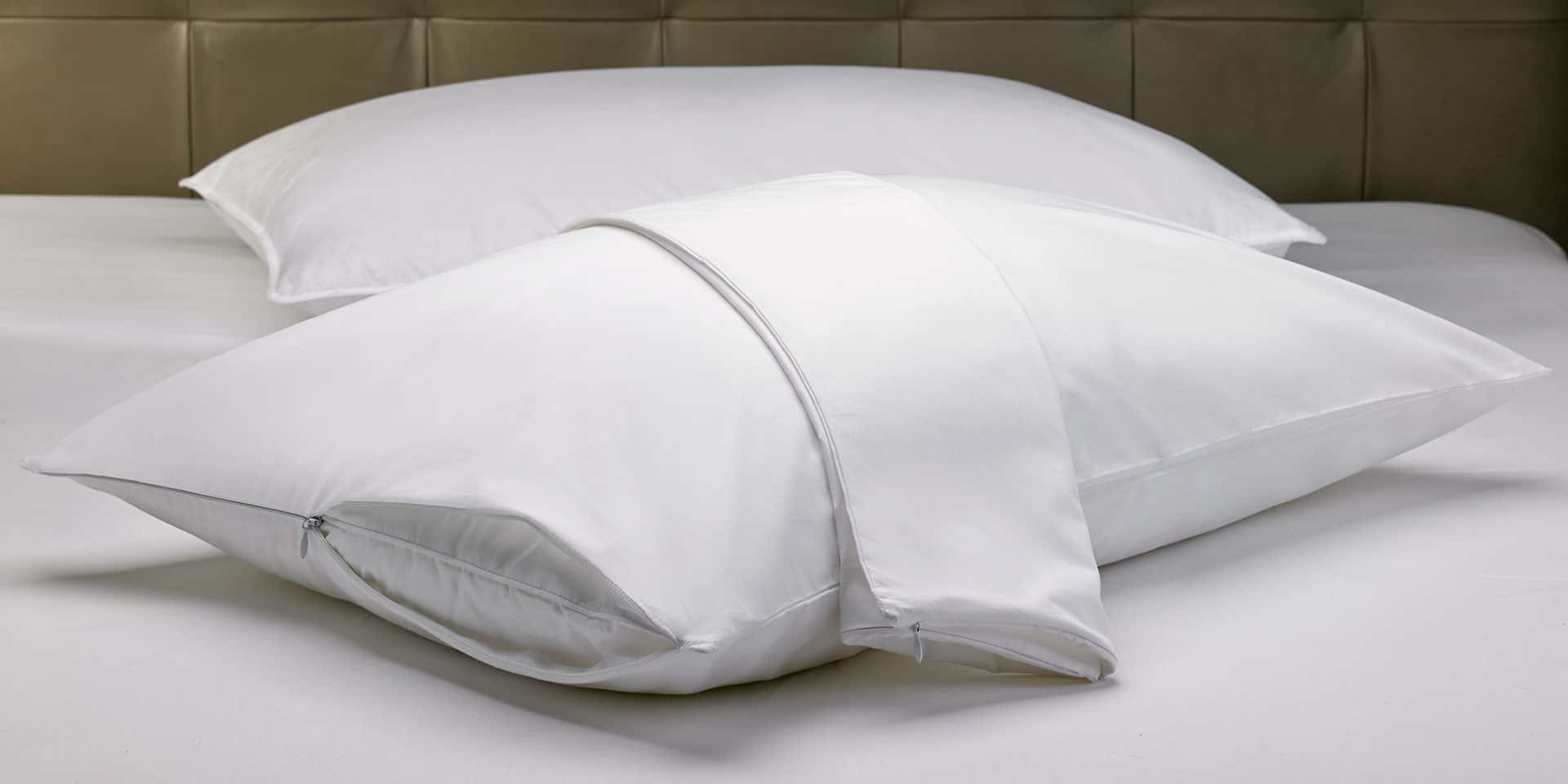
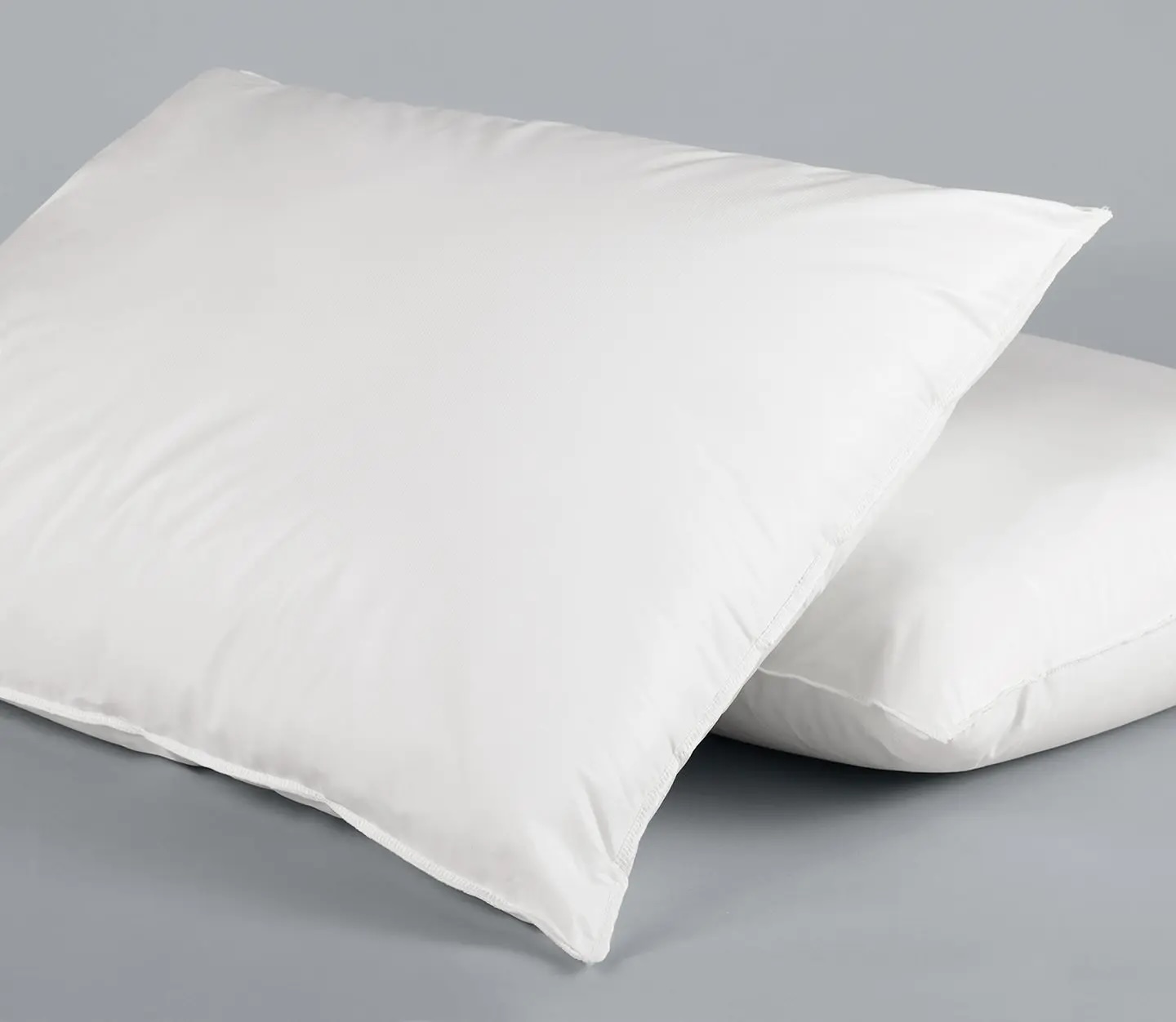
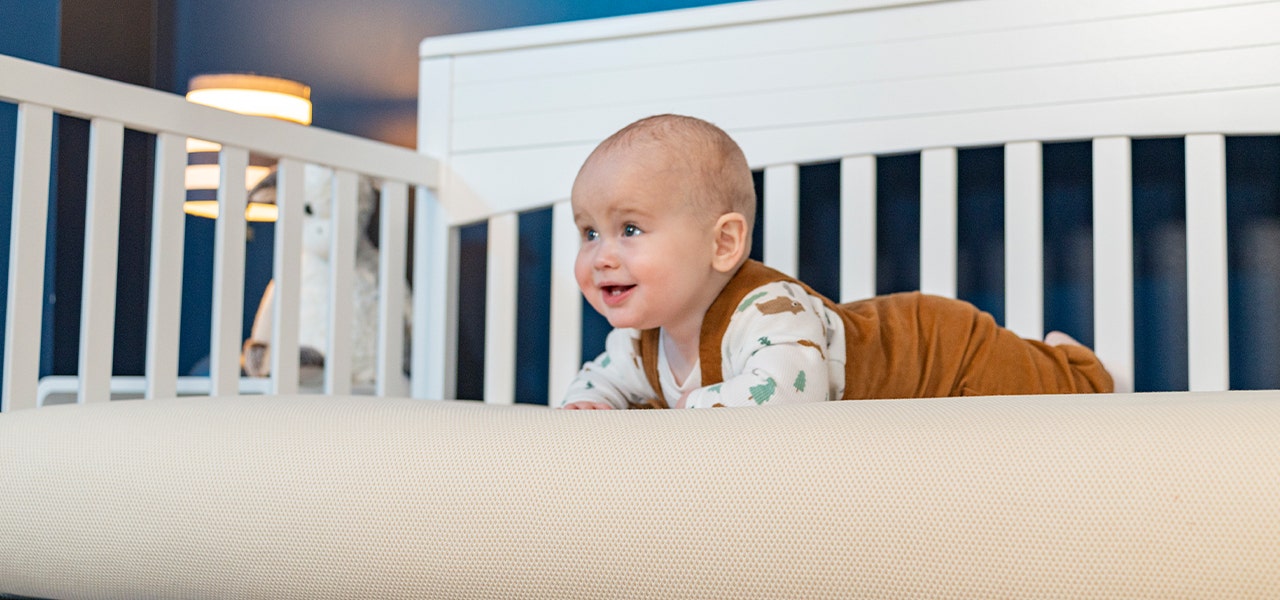
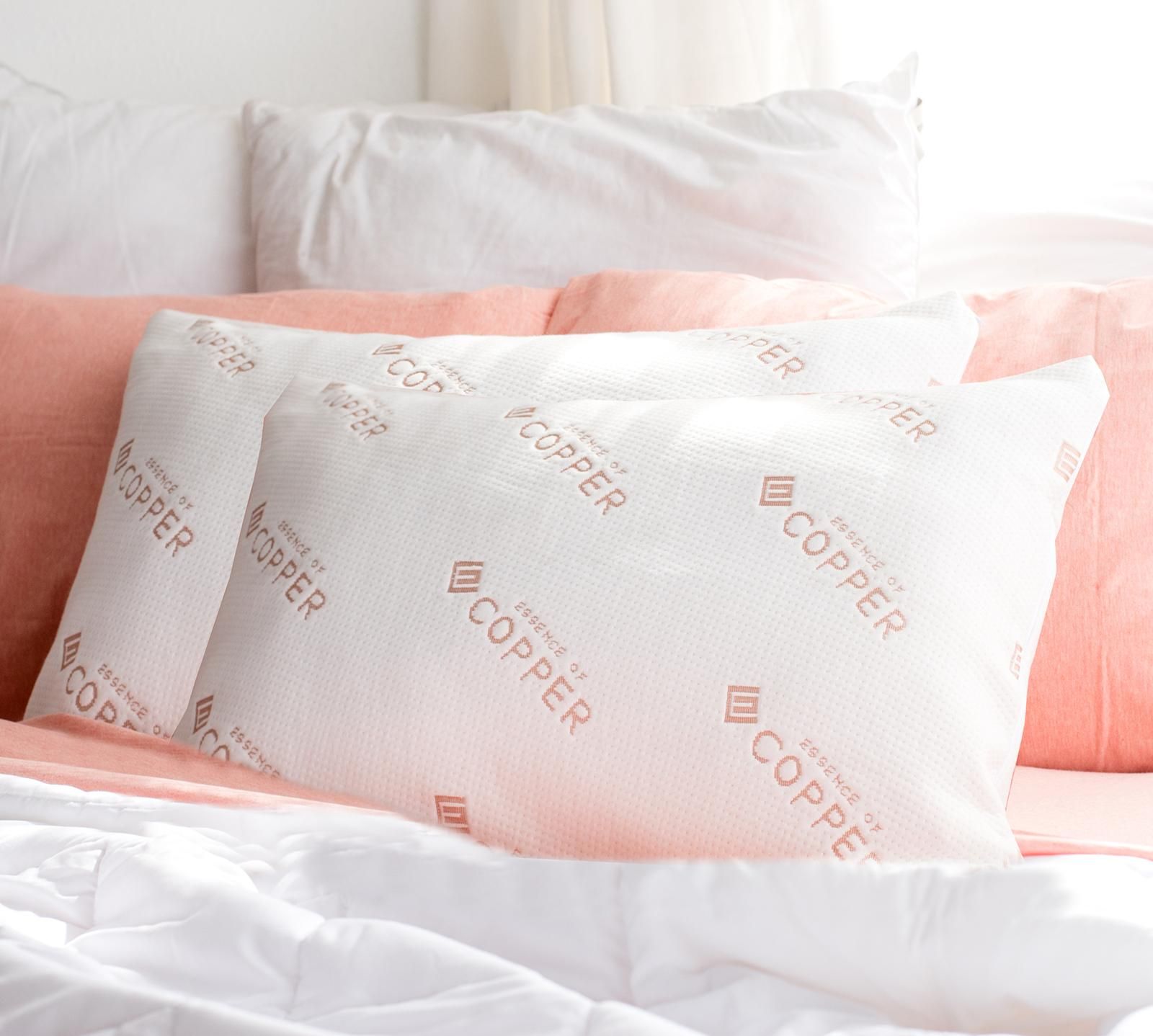
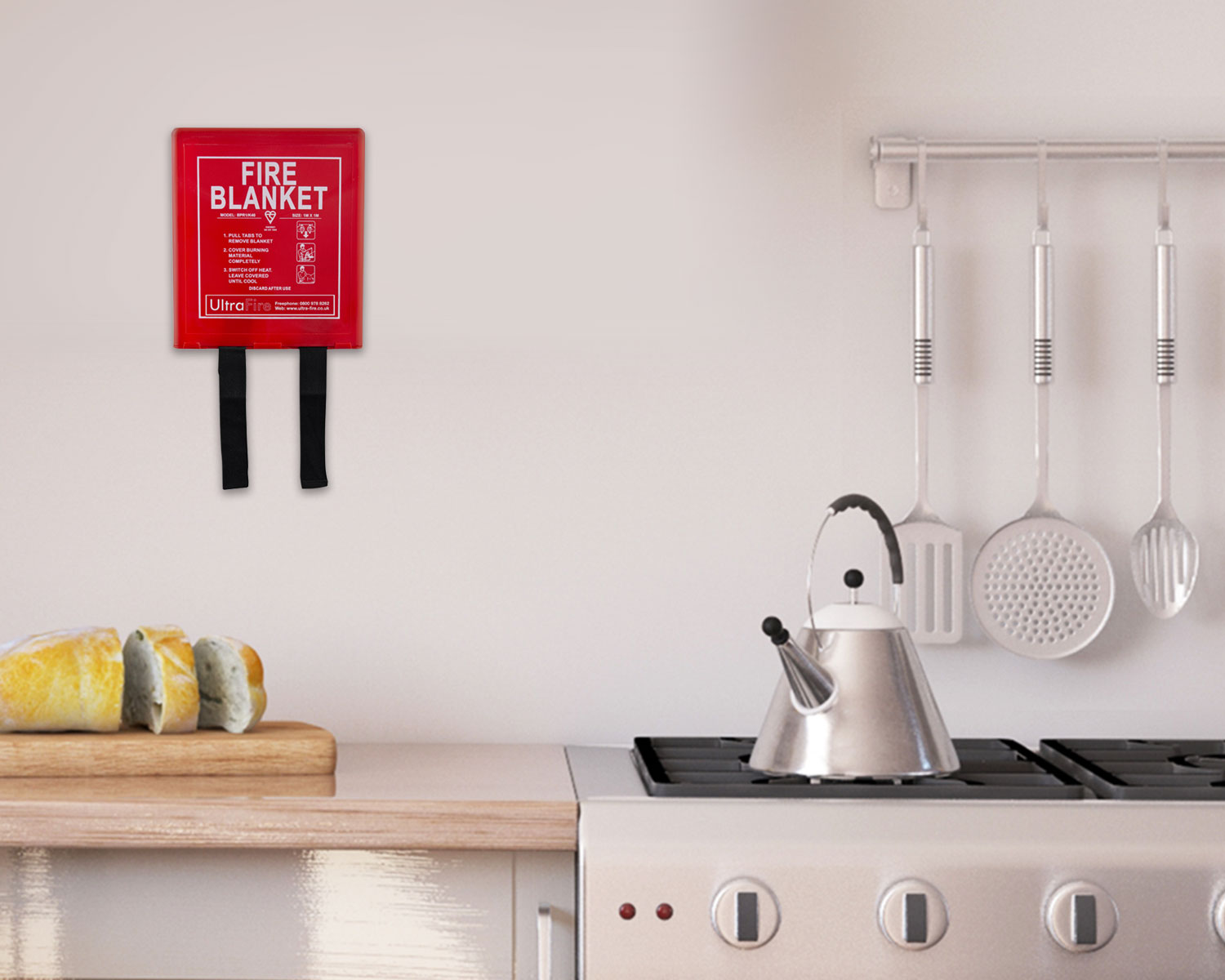
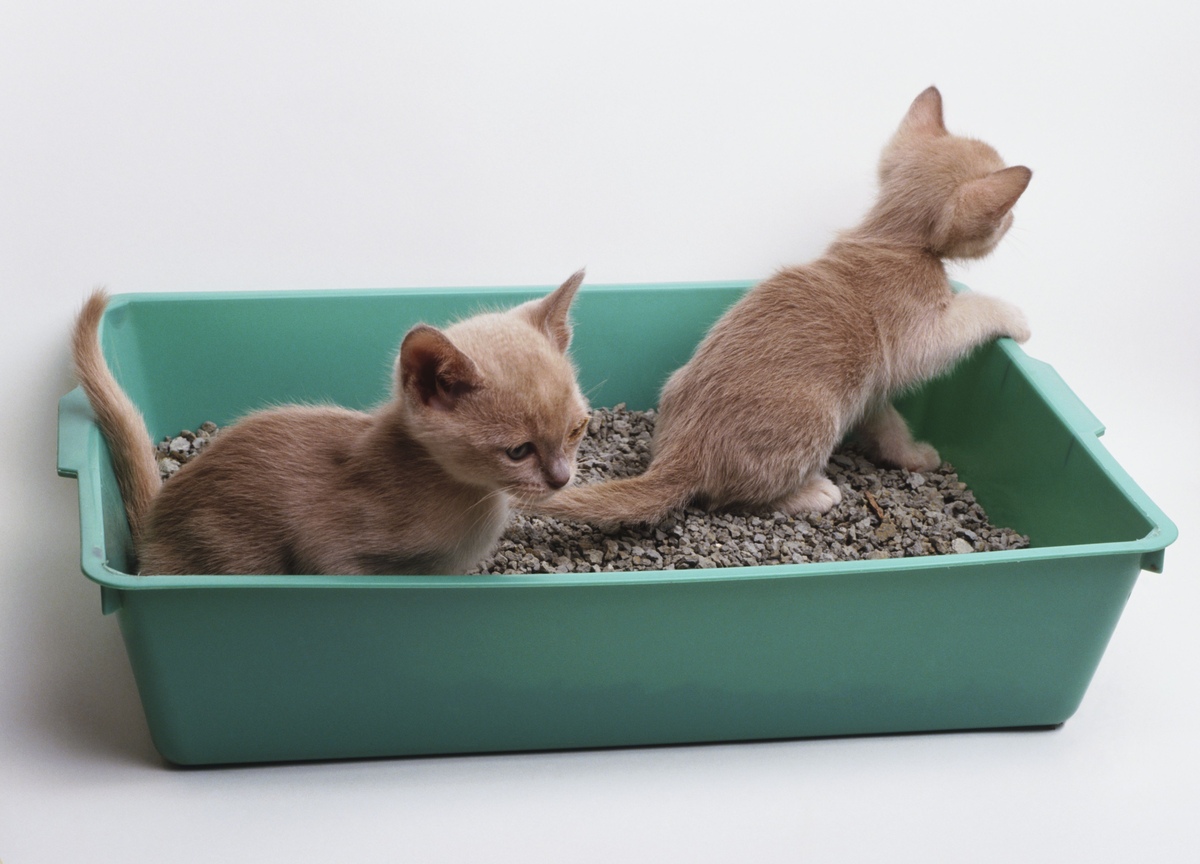
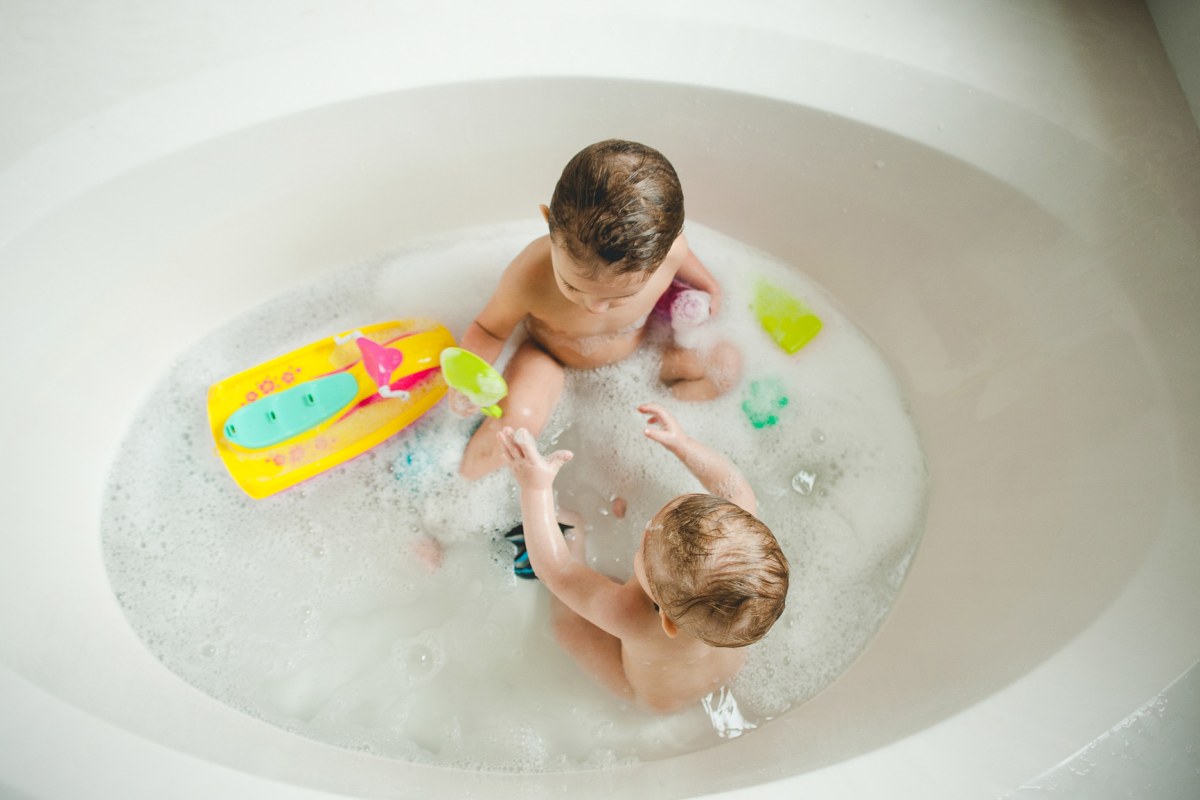
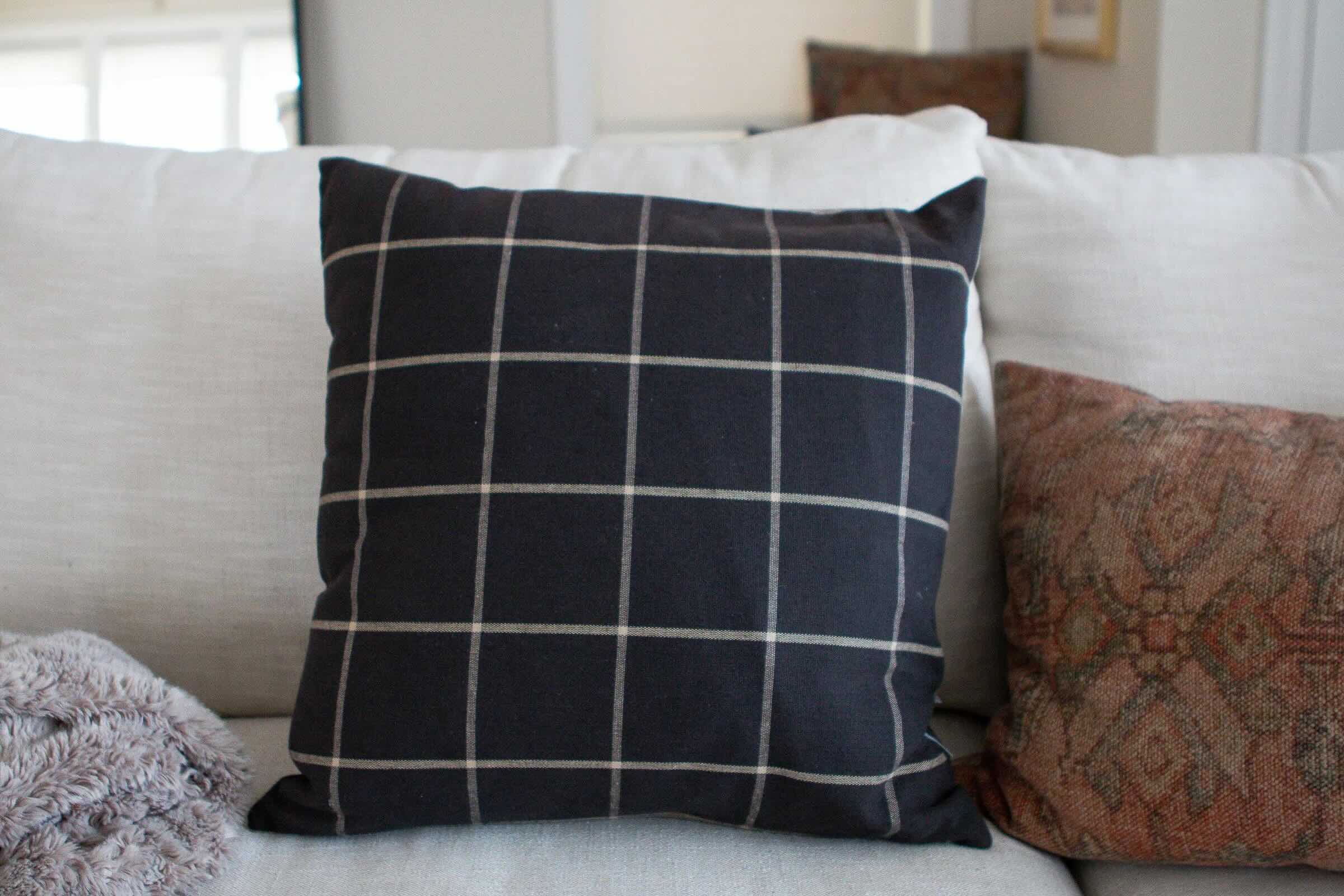
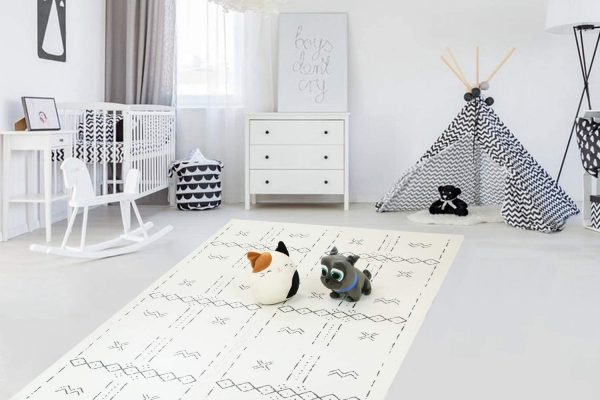

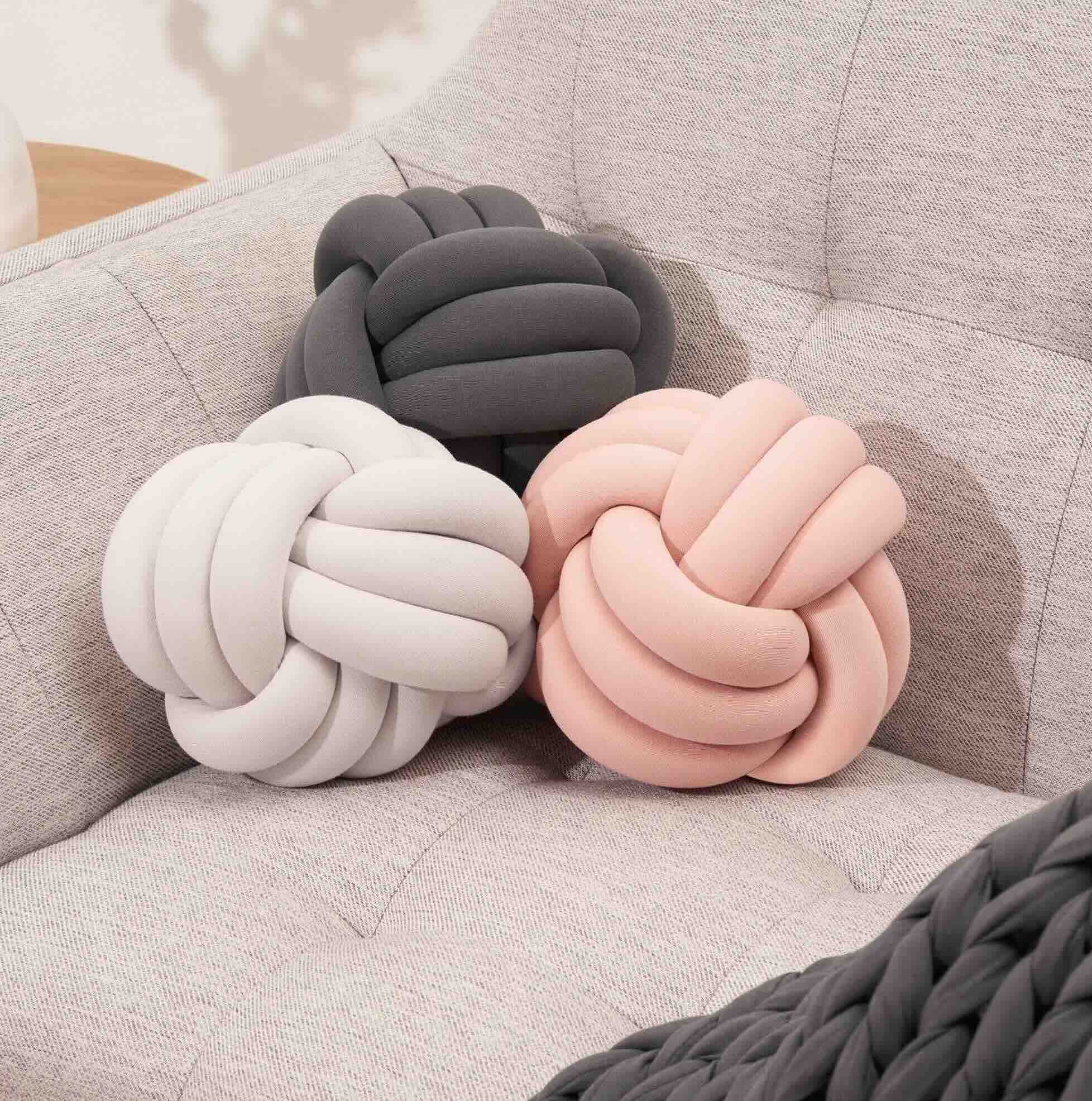

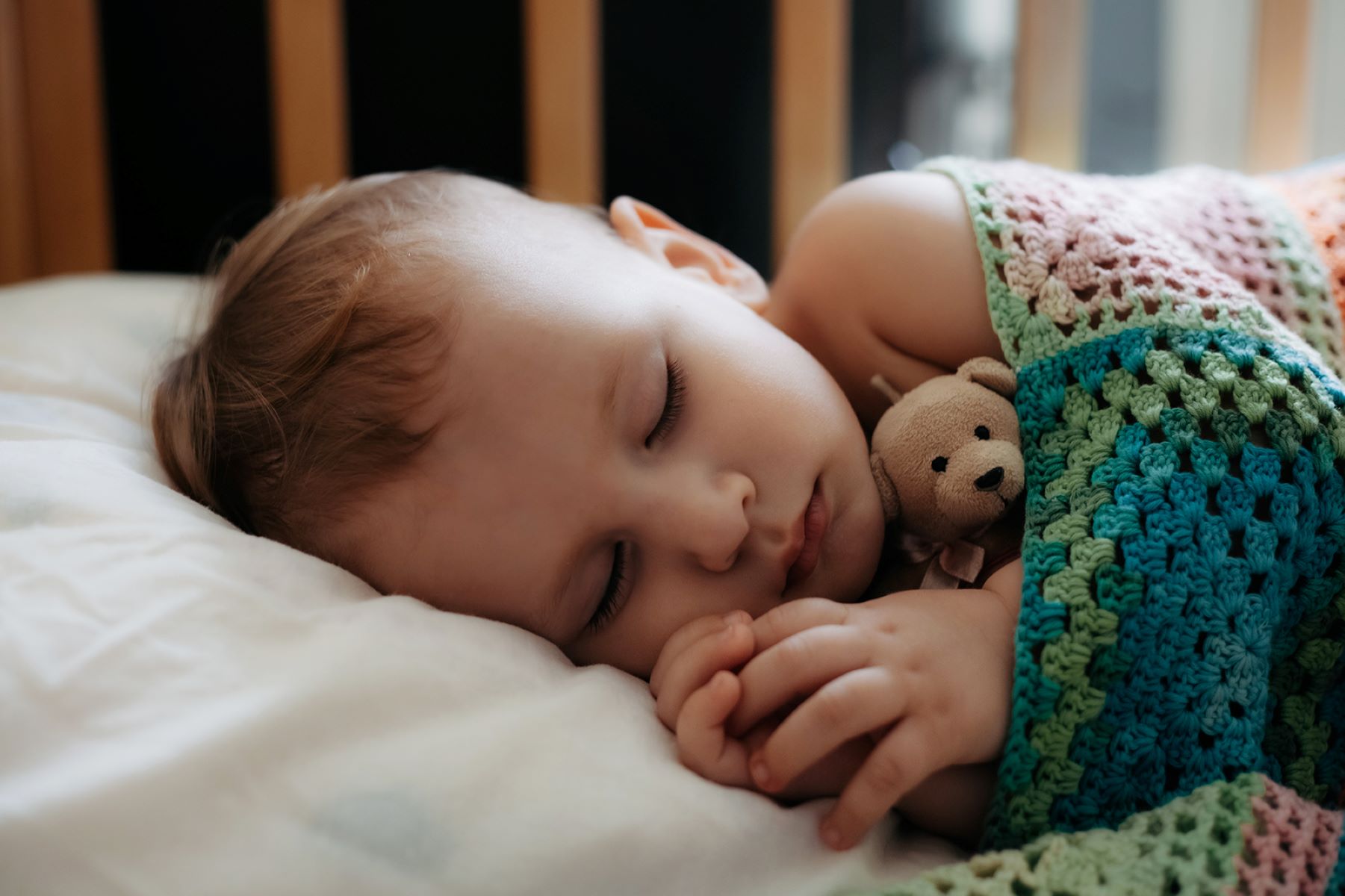
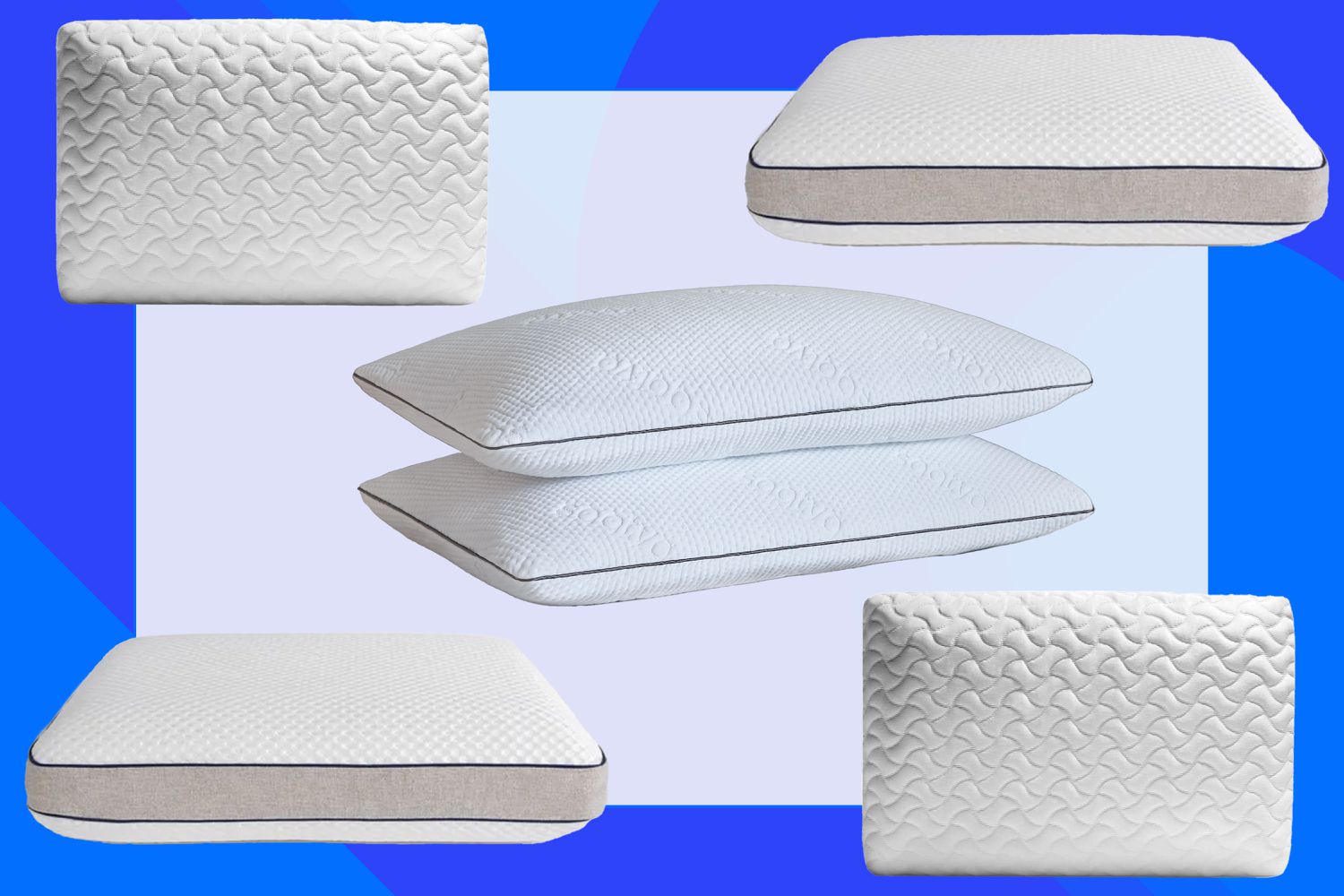

0 thoughts on “When Do Toddlers Use Pillows”